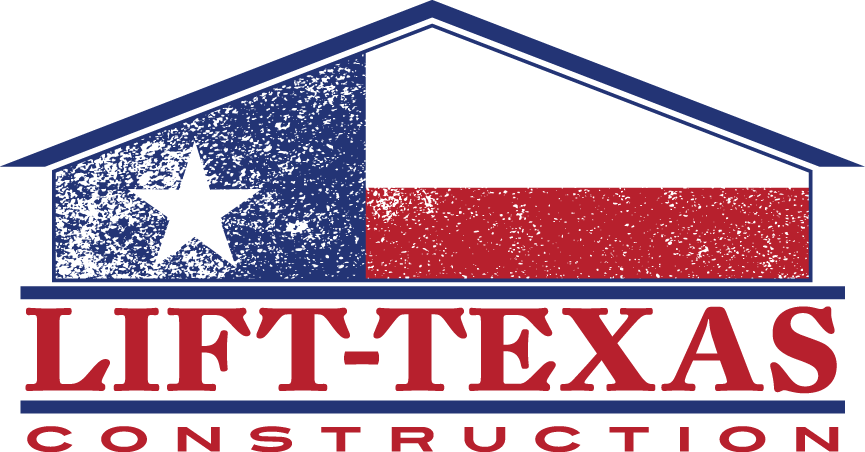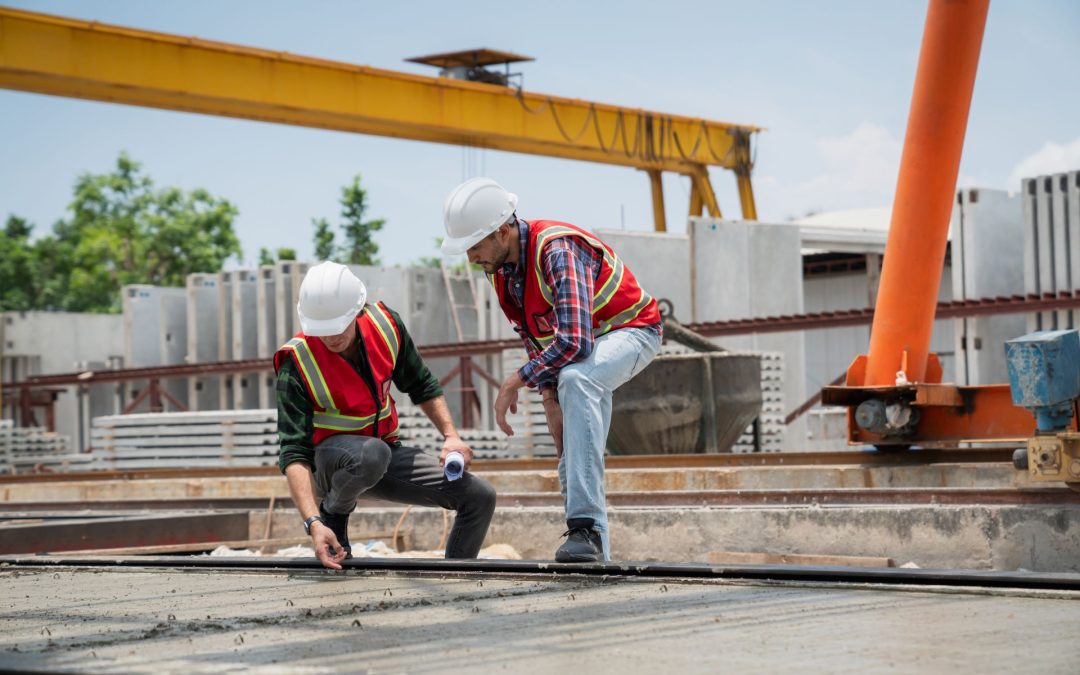When your home’s foundation isn’t in great shape, it can cause a lot of other problems throughout your house. Uneven floors, cracks in the walls, and doors that won’t close properly can all be signs that your foundation needs attention. Knowing what causes these problems can help you understand the best way to fix them and prevent them from happening again.
Different types of foundation repairs exist to address various issues. Some are simple and quick, while others can be more involved and require specialist help. Understanding these different methods will guide you in making the right choice for your home, ensuring it remains safe and secure for years to come.
Maintaining your foundation doesn’t end with repairs. Regular check-ups and proper care can go a long way in keeping your home stable. By understanding the different options available and the importance of ongoing maintenance, you can make informed decisions to protect your investments.
What Causes Foundation Problems?
Foundation problems can happen for many reasons. One of the most common causes is water. When there is too much water, soil can expand and put pressure on your foundation. When the water dries up, the soil shrinks and can create gaps. This constant expansion and contraction can cause cracks in your foundation.
Another cause is poor soil conditions. If the soil is not packed tightly, it can shift and move. This movement can cause your foundation to become uneven. Tree roots can also be a problem. As they grow, they can push against your foundation and create cracks. Changes in weather, like freezing and thawing, can also harm your foundation. Lastly, a poorly built foundation from the start can lead to long-term issues.
Different Methods of Foundation Repair
There are several ways to fix foundation problems. One method is called slabjacking. In this method, we pump a mixture of sand, cement, and other materials under the foundation. This mixture lifts the foundation back into place. Slabjacking is often used for smaller repairs.
Another method is using foundation piers. This involves driving steel or concrete piers deep into the ground until they reach a stable layer. The foundation is then lifted onto these piers. This method is usually used for bigger problems and provides long-term stability.
We can also use wall anchors to fix foundation walls that are bowing or tilting. These anchors are placed in the ground outside your house and attached to your walls. They pull the walls back into place and secure them. Each of these methods is chosen based on the specific problem your foundation is facing. Each has its pros and cons, which we consider before deciding the best way to repair your foundation.
How Weather and Soil Changes Affect Your Foundation
The weather and the type of soil around your home play a big role in the health of your foundation. When it rains heavily, the ground around your home can become overly saturated. This extra water can seep into the soil and cause it to expand, putting pressure on your foundation. Over time, this pressure can cause cracks or even push your foundation out of alignment. On the flip side, during dry spells, the soil can contract and pull away from the foundation, leading to gaps and instability.
Different types of soil react differently to changes in moisture. For example, clay soil expands and contracts more than sandy soil. If your home is built on clay soil, you’re more likely to experience foundation shifts. Trees and other large plants near your house can also impact the soil. Their roots can absorb a lot of moisture, drying out the soil and making it prone to shifting. Paying attention to how weather patterns and soil types affect your foundation can help you take preventative steps to protect it.
Steps to Take When You Notice Foundation Problems
If you notice any signs of foundation problems, the first step is to act quickly. Ignoring the issue can lead to more severe damage and higher repair costs. Start by documenting any signs you’ve noticed, such as cracks, uneven floors, or stuck doors. Take photos and write down where and when you first saw these issues. This information will be useful when you consult a professional.
Next, contact a foundation repair expert for an inspection. A professional can assess the extent of the damage and recommend the best course of action. They might suggest simple fixes, like sealing cracks, or more extensive repairs, like underpinning. It’s also a good idea to talk to several experts to get different opinions and estimates. Once you choose a contractor, make sure to discuss the repair plan in detail, including what to expect during and after the process.
Conclusion
Early recognition and addressing of foundation problems is crucial for maintaining a safe and stable home. By knowing what signs to look out for, both inside and outside your house, you can catch issues before they become major headaches. Understanding how weather and soil changes affect your foundation helps you take preventative steps, and knowing what to do when you spot a problem ensures you act quickly and effectively.
If you suspect your foundation needs attention, don’t wait. Contact Lift-Texas Construction for professional foundation repair solutions. We’re dedicated to ensuring your home stays sturdy and secure. Reach out to us today to lift your worries and fortify your home’s foundation!

